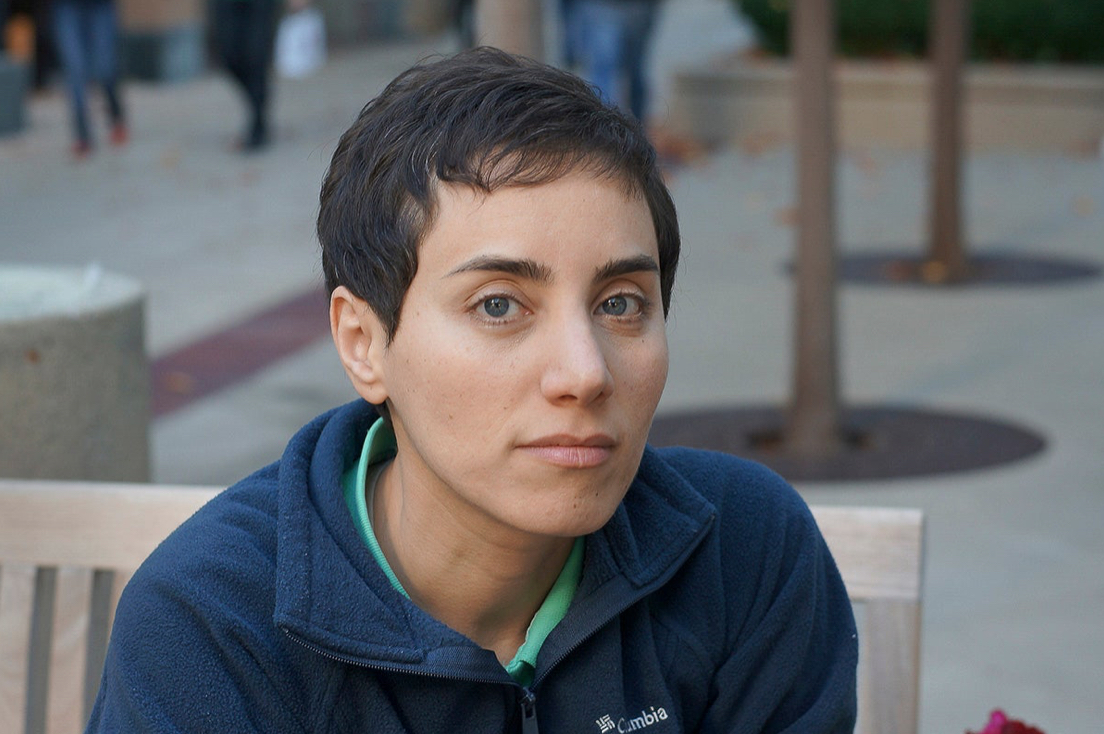Maryam Mirzakhani didn’t just solve complex mathematical problems — she redrew the boundaries of possibility. As the first woman to win the Fields Medal, her legacy is a reminder that intellect, elegance, and perseverance can defy every barrier.

🌱 From Tehran to the World Stage
Maryam Mirzakhani was born in 1977 in Tehran, Iran — a country still reshaping itself in the aftermath of revolution and war. As a child, she didn’t immediately stand out in mathematics. In fact, her dream was to become a writer.
But in high school, something clicked. She began solving math problems with a narrative flair — imagining journeys across geometric surfaces as stories waiting to be told. By the time she was 17, she had won gold medals at the International Mathematical Olympiad, even earning a perfect score in 1995.
🔍 What Made Her Work So Unique?
Maryam’s work was not just mathematically rigorous — it was poetic.
She specialized in geometry and dynamical systems, exploring the behavior of complex shapes in multidimensional spaces. Her work visualized abstract mathematical surfaces like doughnuts, pretzels, and curved planes — all while applying them to solve longstanding problems in hyperbolic geometry and moduli spaces.
“It’s like being lost in a jungle and trying to use all the knowledge that you can gather to come up with some new tricks,” she once said.
Mirzakhani’s research helped connect seemingly unrelated areas of mathematics, and she often worked with drawings covering large sheets of paper — maps of thought where ideas roamed freely.
👑 Breaking Barriers: First Woman to Win the Fields Medal
In 2014, Mirzakhani made history as the first woman — and the first Iranian — to receive the Fields Medal, the highest honor in mathematics, often called the “Nobel Prize of Math.”
This wasn’t just a personal achievement. It was a monumental moment for women in STEM, for Iranian scholars, and for the global academic community. She had shattered a long-standing glass ceiling, showing that brilliance has no gender or nationality.
🕯️ A Light Gone Too Soon
Maryam passed away in 2017 at the age of 40 after a battle with breast cancer. The world mourned the loss of not just a genius, but a gentle, curious, and deeply human spirit.
Colleagues often remarked on her humility, her warmth, and her refusal to rush. She approached math the way others approach music or painting — slowly, meditatively, letting intuition and creativity guide her.
💫 Her Legacy Lives On
Maryam Mirzakhani’s story continues to inspire generations of young minds — especially girls who now see in her a reflection of what’s possible.
In 2022, the United Nations declared May 12th — her birthday — as International Women in Mathematics Day, in her honor. Universities, scholars, and students around the world now celebrate her memory through outreach programs, lectures, and research forums.
📣 Why Her Story Matters — Especially Now
In a world that still struggles with equity in STEM, Maryam’s life reminds us that talent blooms where it’s nurtured, and stories of brilliance can come from any corner of the globe.
At MigOroEdu, we believe knowing these legends — their work, yes, but also their spirit — changes how we understand learning, excellence, and what it means to leave a mark.
✅ Quick Facts:
- Born: May 12, 1977, Tehran, Iran
- Died: July 14, 2017, U.S.
- Specialty: Geometry, Teichmüller theory, hyperbolic spaces
- Award: Fields Medal (2014) — first woman ever
✍️ Final Thought
“Beauty is not the goal of mathematicians, but the beauty is there.”
— Maryam Mirzakhani
Watch His Story Come Alive https://youtu.be/W2VXXfDIF9g
